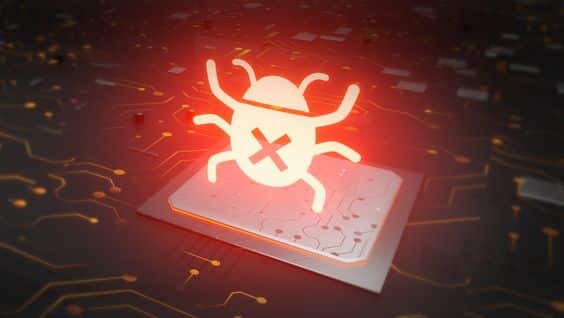In the continuously evolving digital landscape, a newfound threat to PostgreSQL databases has emerged, introducing substantial risks to the widely utilized online database system. The malware, named PG_MEM, places over 800,000 databases in jeopardy by exploiting weak passwords, for the purpose of installing software that clandestinely mines cryptocurrency. This revelation signals an urgent call for strengthened security measures to shield against such sophisticated cyber threats.
Understanding PG_MEM: A New Threat to PostgreSQL Databases
PG_MEM distinguishes itself through its method of operation, where it adeptly guesses weak passwords to infiltrate databases. Upon successful entry, it escalates its privileges by creating a new user, granting itself high-level access. Subsequently, it proceeds to install mining software and integrate into a mining pool, commandeering the database’s computational resources for cryptocurrency mining. This activity not only usurps valuable computing power but also meticulously conceals its presence, effectively barring other potential hackers from accessing the infected system.
The Rising Menace of Cryptojacking
The phenomenon of cryptojacking, where unauthorized malware mines cryptocurrency using a computer’s resources without the owner’s consent, has seen a significant uptick. Recent analyses indicate a staggering 400% increase in such incidents in the first half of 2023 alone. This surge underscores the burgeoning threat landscape where cybercriminals exploit vulnerabilities for financial gains, emphasizing the paramount importance of fortifying database security against these invasive threats.
Combatting the Threat: Proactive Measures and Solutions
In response to this escalating menace, numerous corporations have begun to devise and deploy solutions aimed at mitigating the risk of exploitation. A noteworthy initiative includes Aethir’s decentralized cloud infrastructure, which leverages underutilized computing resources across data centers. This approach not only furnishes affordable and scalable computing services but also plays a critical role in diminishing the attractiveness of these systems as targets for cryptojacking endeavors.
The emergence of PG_MEM as a stealthy and formidable adversary targeting PostgreSQL databases highlights a critical challenge facing the cybersecurity community. As cybercriminals continue to innovate, developing more sophisticated methods to exploit weaknesses, the need for robust, adaptive security measures has never been more evident. By understanding the mechanics of threats like PG_MEM and proactively implementing advanced, decentralized solutions like those offered by Aethir, businesses can significantly bolster their defenses, ensuring the integrity and security of their valuable data against the ever-evolving spectrum of cyber threats.
As the digital realm grows increasingly complex, with cryptocurrency mining emerging as a lucrative, albeit illicit venture for cybercriminals, the discovery of PG_MEM serves as a stark reminder of the continuous need for vigilance, advanced cybersecurity strategies, and innovative solutions to safeguard against the sophisticated arsenal of tools at digital malefactors’ disposal. In this battle of wits and wills, staying a step ahead of the perpetrators is not just advantageous—it is imperative for ensuring the security and continuity of online databases and the critical systems they support.
In conclusion, the identification of PG_MEM malware as a new adversary to PostgreSQL databases underscores a broader imperative for the cybersecurity community: the need to evolve in tandem with the threats. By leveraging advanced technologies, promoting awareness, and adopting proactive security protocols, the digital ecosystem can hope to remain resilient in the face of these relentless cyber challenges. As we navigate this intricate cybersecurity landscape, it is clear that our collective efforts to innovate and adapt will be the linchpins of our success in securing our digital future.
